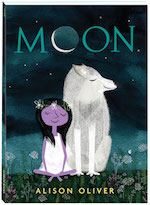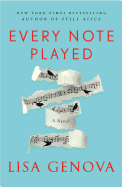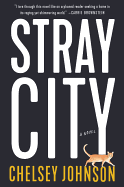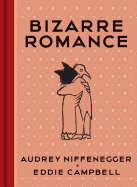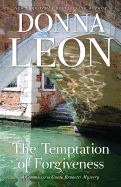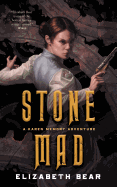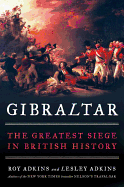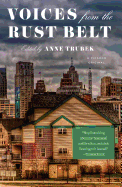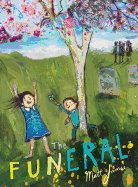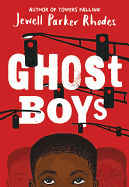"Every day, Moon walked home from school and thought about the day. There was always a lot to do. Moon always did it all. But she wondered what it would be like not to. What would it feel like to be free?"
The young girl, with her periwinkle purple skin and long, black hair tied into braids, is seen passing a graffitied wall. Purple flowers climb the gray wall and a purple wolf on a pink poster looks directly out of the page at the reader. Moon is oblivious to the art, so focused on what she has to do once she lugs her overstuffed backpack home. Like many elementary school children today, Moon's schedule is packed with activities. Homework, room cleaning, soccer practice, trumpet lessons, math tutoring... her to-do list is filled with "stuff and more stuff."
At home, Moon invests herself in her work, her face entirely hidden by an open book, her back resting against a large stack of books. Remnants of her daily activities are strewn across the floor of her room: sheet music, a soccer ball, her trumpet and yet more books, these with a sleeping cat draped atop them.
"What would it feel like to be free?"
The studious Moon wants to run, yell, be wild. But can one learn to be wild? "Moon couldn't find the answer anywhere."
As night closes in, Moon (now dressed in a flowy white nightgown) and her cat stare out the window. "Moon saw a shooting star zip by. She went outside to watch for more." Standing on the lawn in the dark of night, Moon watches shooting stars fly across the deep blue of the sky. She stares in wonder then finds something else: "Paw prints! Strange. Exciting. Wild." There, in the deep, dark blue of the night, surrounded by tall, lush plant life, Moon sees "a beautiful, furry creature" staring back at her.
A wolf.
With wind-whipped hair, Moon meets eyes with the wolf. Great golden eyes stare back. There is a beat. And then, "Wolf offered Moon a ride. In a flash they were off to the edge of the Great Forest."
The gray-and -white wolf and the dark-haired, purple-skinned girl streak across the night landscape, the wolf blurry with speed. Both girl and wolf smile gently as they run under the wide-open sky and crescent moon. "The forest opened to a clearing" and Moon comes face to face with Wolf's pack, gathered to welcome her. Moon "asked them to show her the wolfy ways." And the wolves oblige.
Amid the black and green of the nighttime forest, the wolves teach Moon to pounce and play. She balances, plays hide-and-seek, dances. Down on hands and knees, looking up toward the crescent moon, she howls with the pack. And then, now donning a flower crown and sitting next to her wolf near a calm pond, she learns to "be still, how to listen and feel."
"The breeze blew through Moon's hair. The chirping of the insects seemed to grow quiet. The ocean of stars felt not so far away. The forest exhaled. And so did Moon."
With eyes closed, gentle smiles on their faces, Moon and Wolf face each other across the picture book's gutter, a ghostly outline shining around both figures, a transcendent moment for each character.
"It was wild."
It is only when Moon hears another howl--"the familiar voice of her mother"--that she's pulled out of her wolfy reverie. Moon knows she has to go home, "but she wasn't the same Moon anymore." Moon and Wolf share a tender goodbye hug and Moon is off, flower crown still on her head.
On Moon's walk to school the next day, she passes the same graffitied wall. Again, she pays little attention to the climbing purple flowers or the pink poster with the purple wolf (now winking out at the reader). But, unlike her last passing, she walks dreamily by, eyes closed, her attention focused inward. It is clear that Moon has taken "her wolfy ways with her"--on the final spread, she's swinging high on a tire swing, wind whipping her hair around her face, as her classmates and friends don flower crowns, pounce at butterflies and howl toward the sky.
Designer and illustrator Alison Oliver has plenty of experience illustrating for children--she is the illustrator of the BabyLit board books, which introduce children to classic literature--but Moon is the first book she has both written and illustrated. The text is sparse and powerful and her use of fully saturated yet gentle colors makes Moon's journey to internal quiet feel like a soothing, meditative experience. The reader is given friendly guidance via Moon's story, told it's okay to want to run and dance and play and howl. And who doesn't wonder what it would feel like to be free? Alison Oliver's Moon gives every reader a small taste of the answer. --Siân Gaetano, children's and YA editor, Shelf Awareness
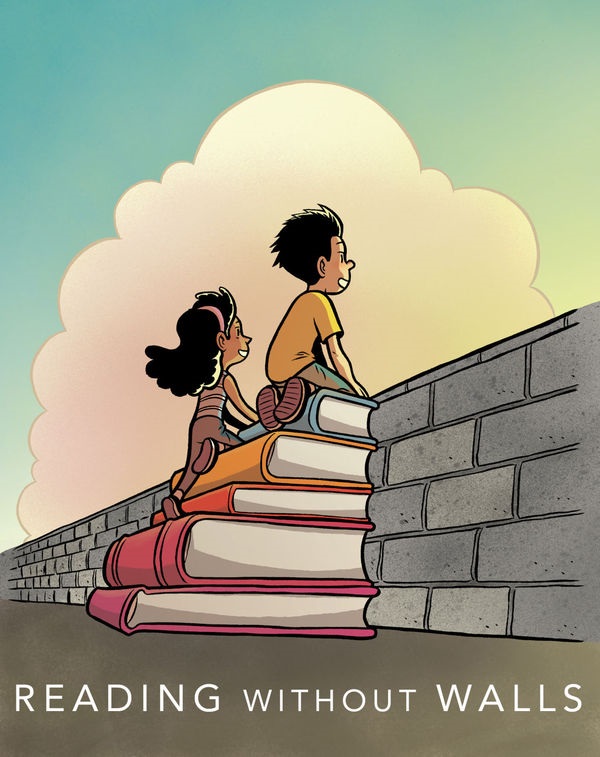 April 2018 marks the second annual Reading Without Walls program. Throughout the month of April, author Gene Luen Yang challenges readers, educators, librarians and booksellers to read outside of their walls by doing one (or all) of the following:
April 2018 marks the second annual Reading Without Walls program. Throughout the month of April, author Gene Luen Yang challenges readers, educators, librarians and booksellers to read outside of their walls by doing one (or all) of the following: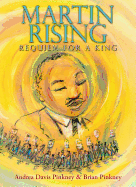 Martin Rising by Andrea Davis Pinkney, illus. by Brian Pinkney
Martin Rising by Andrea Davis Pinkney, illus. by Brian Pinkney Marley Dias Gets It Done: And So Can You! by Marley Dias
Marley Dias Gets It Done: And So Can You! by Marley Dias


